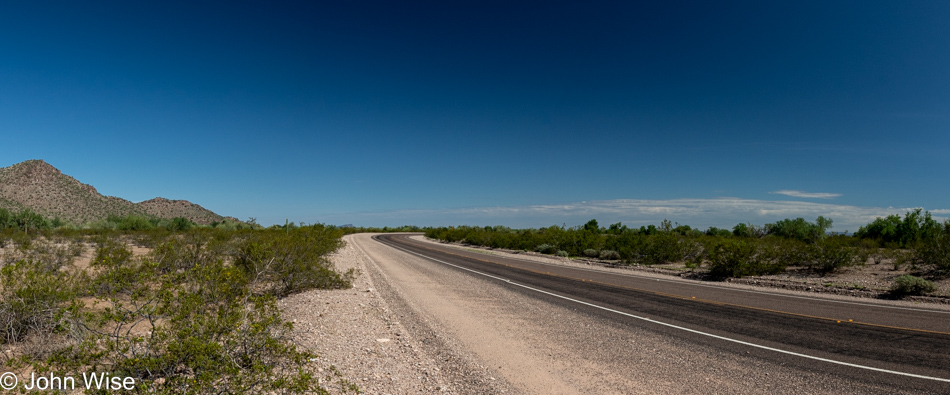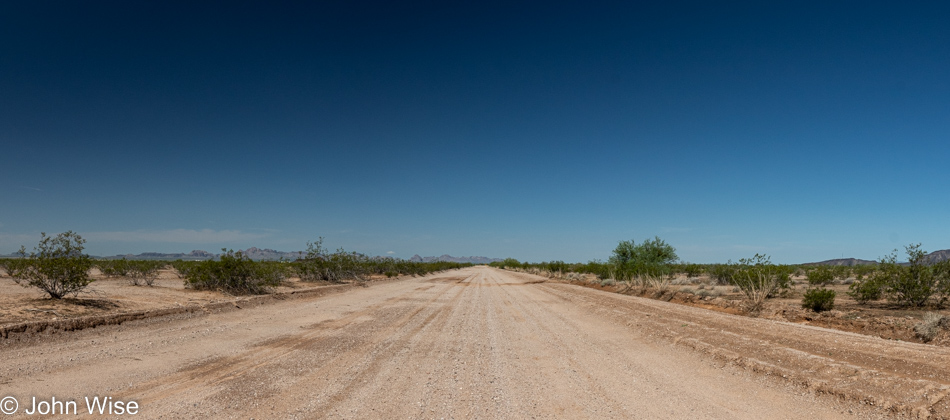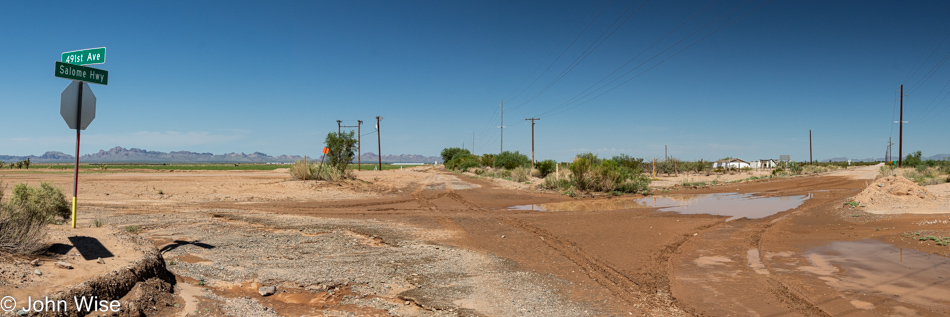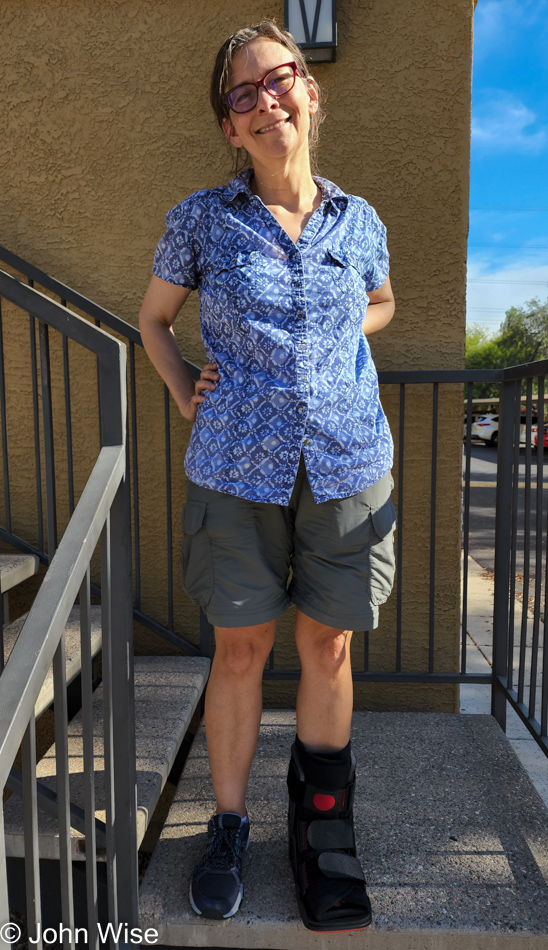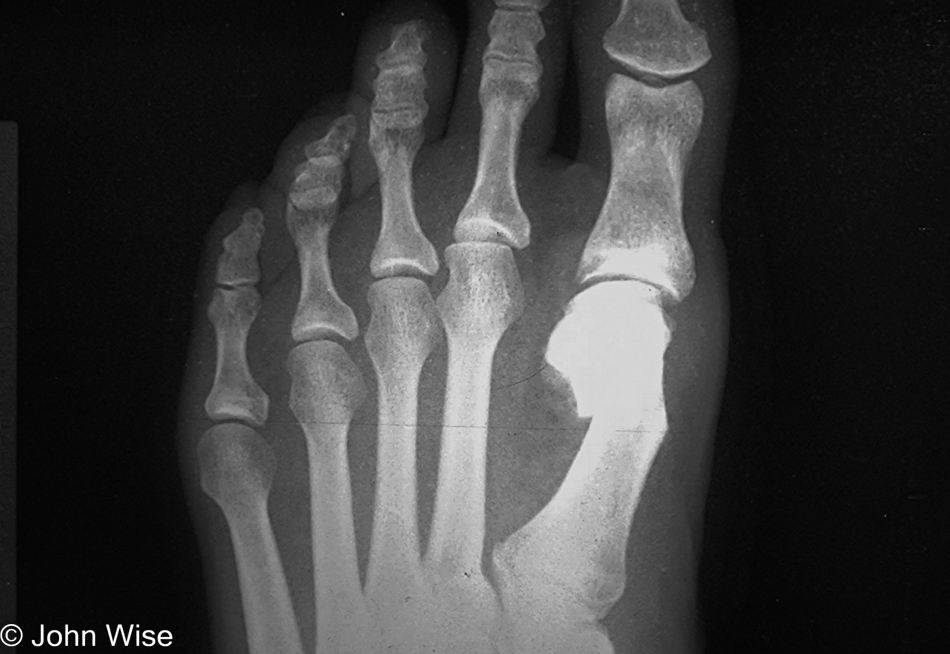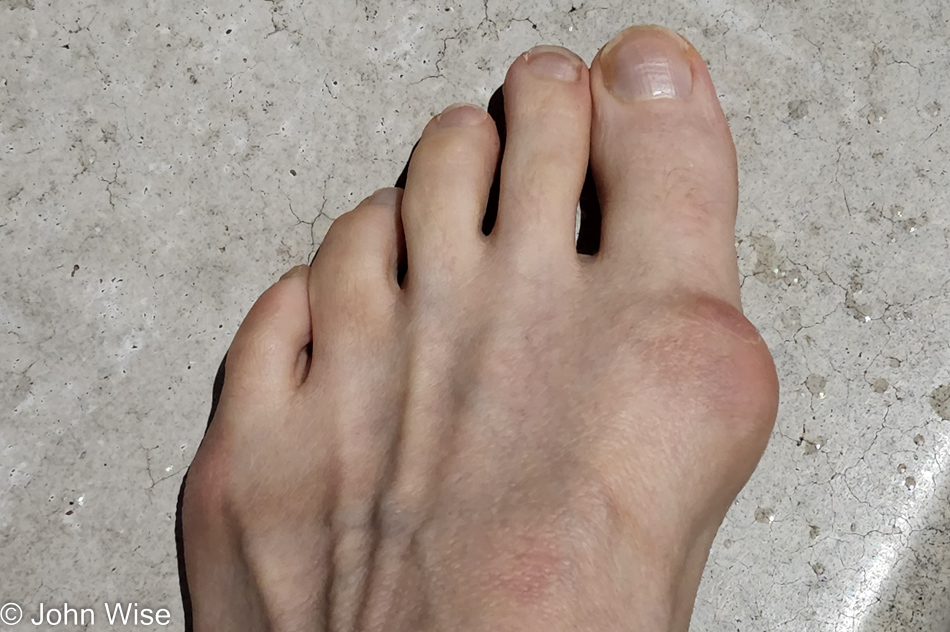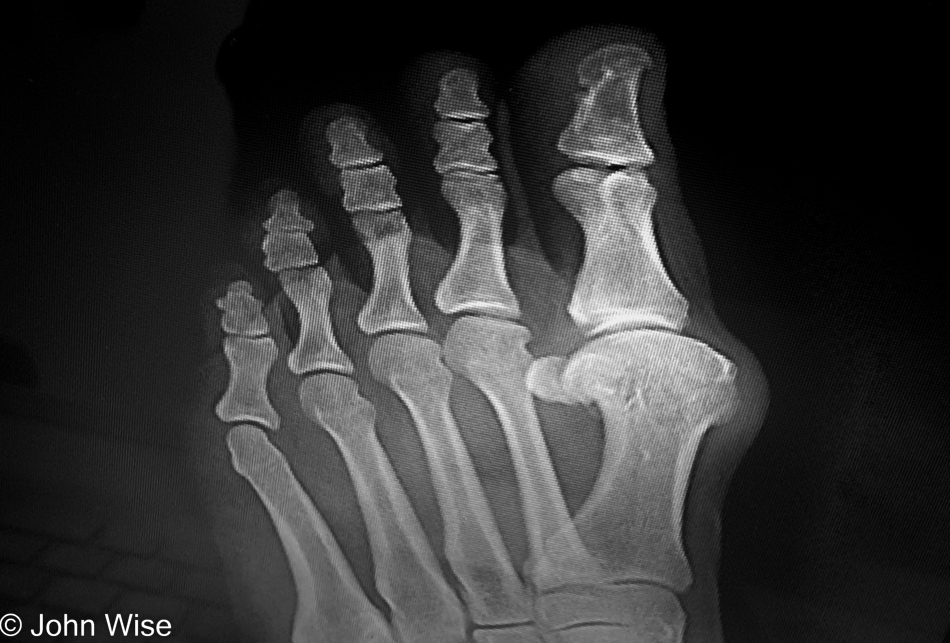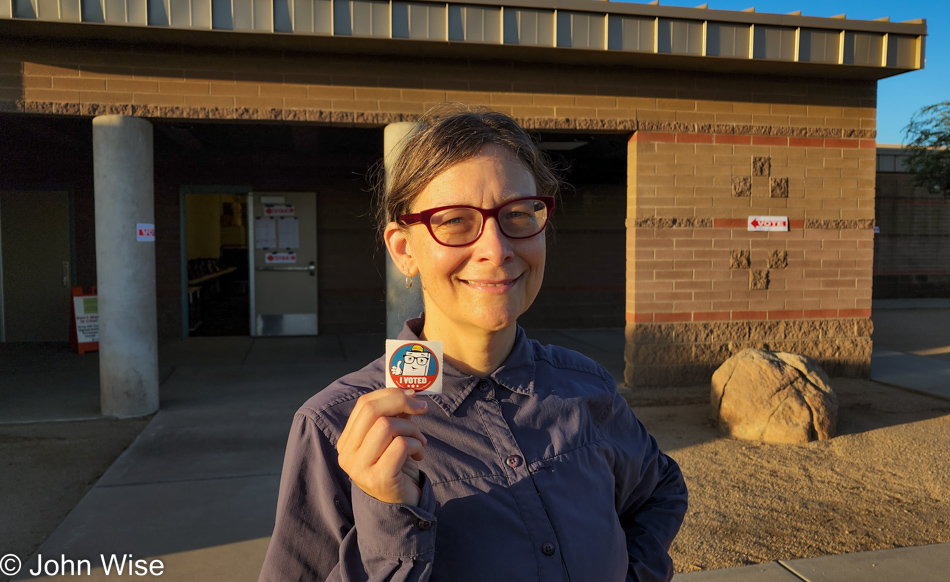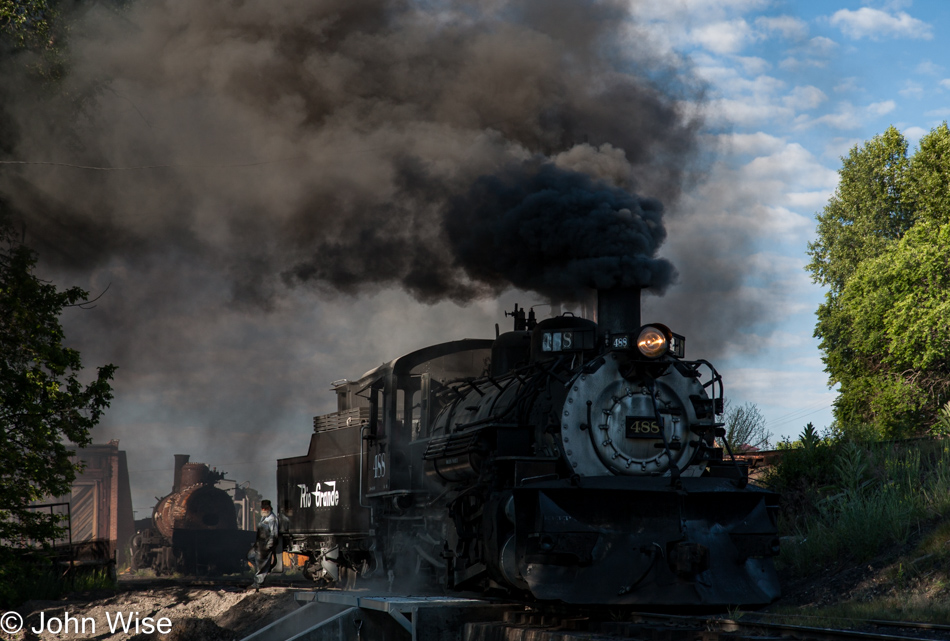
How often does the average person tend to provide specific details regarding events that occurred more than a dozen years ago? This excavation of my own past has been my main task for the past few weeks as I reworked 30 old blog posts pertaining to travels taken from May 15, 2009, through October 17 of the same year.
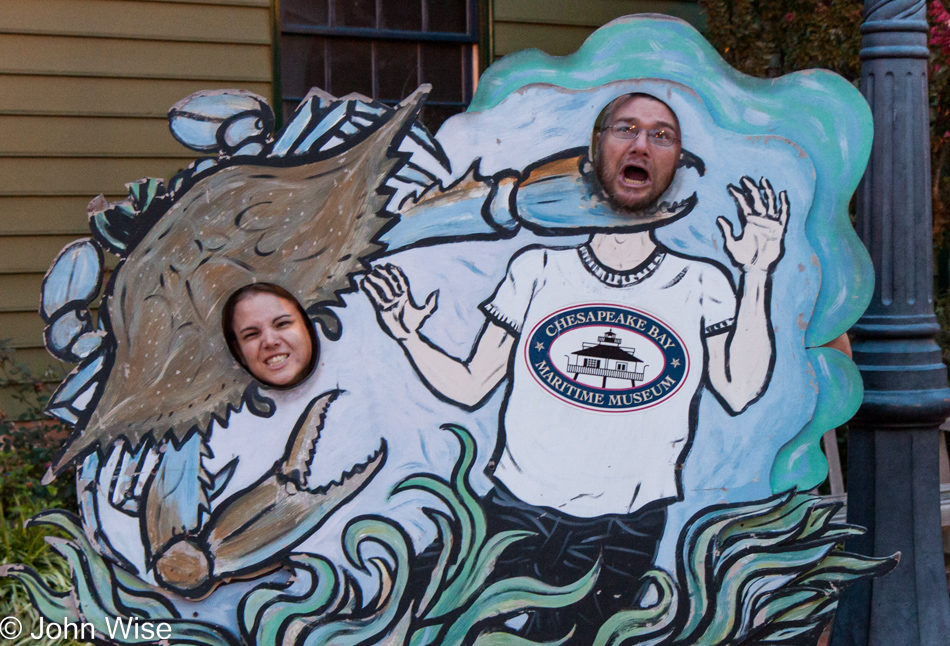
I surely have explained elsewhere on my blog (or on the very indexes I’ve been creating to come up with a comprehensive list of all of our travels) that I’m repairing posts that were thin on photos and details when they were originally created. You see, back in the old days, bandwidth was at a premium, and nobody had time to wait for even five photos to download, so my posts reflected those limits. Consequently, with 1 to 3 photos per travel day, I would have compressed the events of the day into the 3 to 5 paragraphs that accompanied the images.
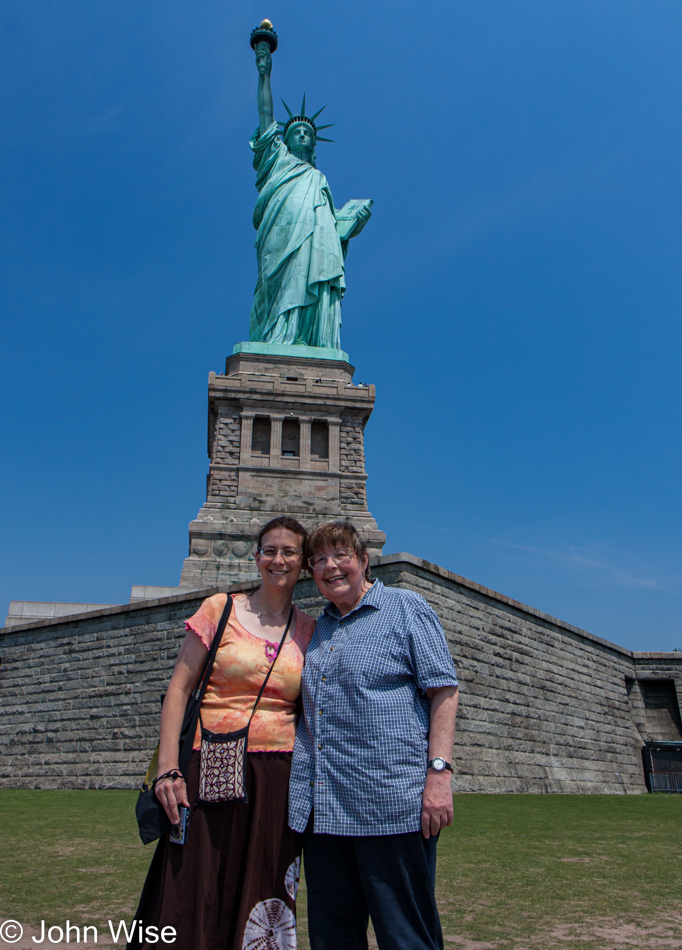
So, after our last adventure that saw us up in Williams, Arizona, for a weekend of hiking at the end of July and the fast-approaching date of Caroline’s bunionectomy, I turned my attention not just to caring for my invalid wife but also to my travel index. This index presents a bit of a challenge, though, because to select a single photo to represent a specific day, I need to be certain that I have the best one. All too often, my heart sinks when I review an old post and see its sole image or maybe the 2 or 3 that are there. Sure enough, I checked the photo directory of that date, and when I saw that I shot anywhere from 75 up to 1,000 photos, I groaned under the weight that there was a lot of visual information I had neglected.
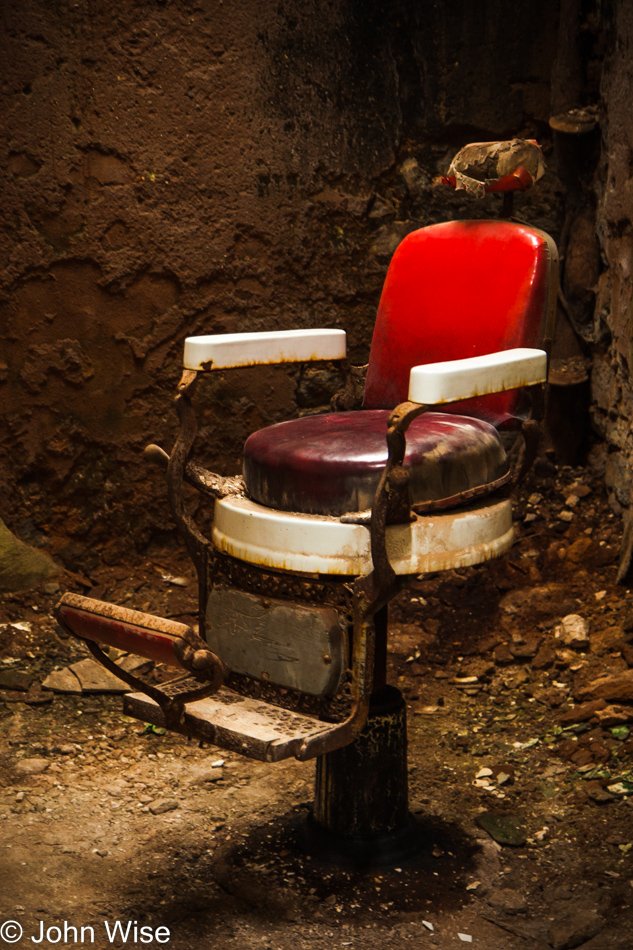
I end up readjusting the old photos that accompanied the original posting and then get busy adding a bunch more. Regarding the 30 posts I worked on in the past few weeks, I ended up adding more than 600 photos from the archive, so we now have a better visual representation of the events of those days. But I can’t just add a bunch of photos without some explanation/narrative that accompanies each new image. In some instances, there was enough information in the compressed paragraphs detailing the majority of the day that I could pull inspiration from, while in some situations, such as our visit to Eastern State Penitentiary in Philadelphia, I had a lot of writing that had to be cared for.
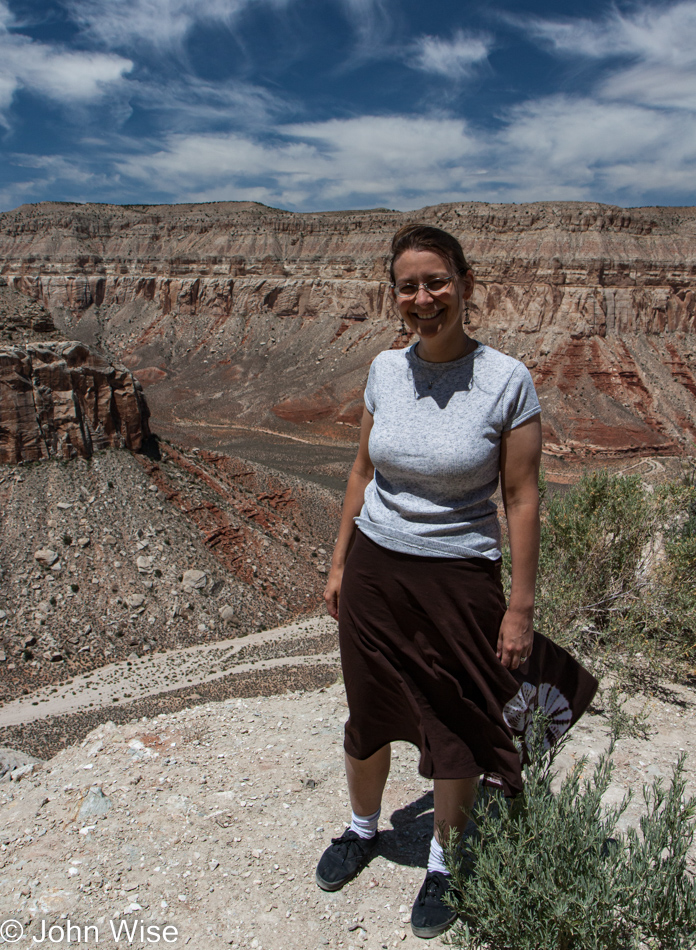
That’s what I’ve been working on, and like my previous attempts to make progress on this massive undertaking, I have to take a break from the tedium. There’s a risk I fall into compulsive frantic attention to this task that is taking far longer than I ever imagined. At this point in the index, I’m on day 677, which is a measure of each day that we traveled away from Phoenix, Arizona, since August 9, 1999, and the commercial advent of digital photography when we were able to easily start cataloging our travels. By the way, this index does not include day trips.
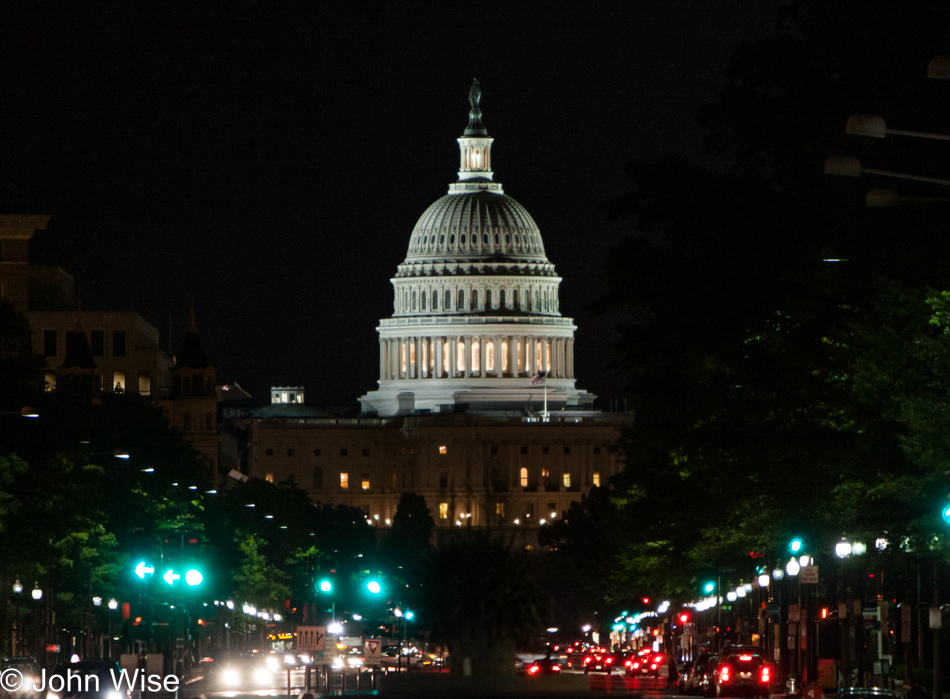
Now, with about a couple of weeks before our next outing, I can turn my focus to other compulsive activities, such as some deeper reading and turning to my synth for some much-needed exploration.
All of the above photos were taken between May 15 and October 17, 2009. Over in the right column under “Other Pages,” you’ll find the links to the evolving index of “Our Travels.”

